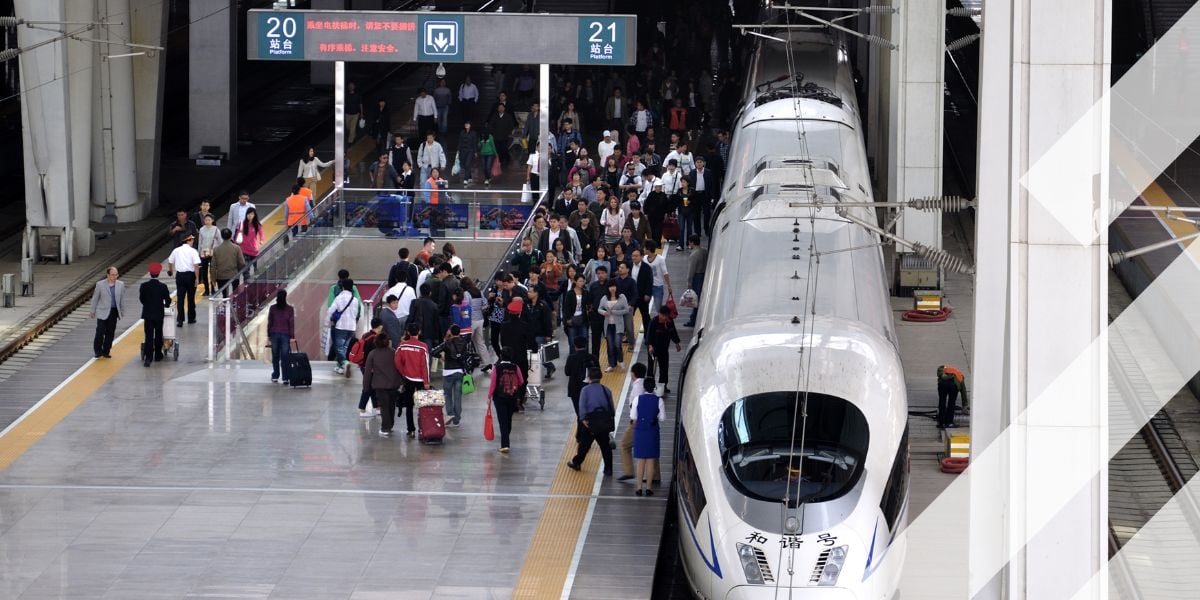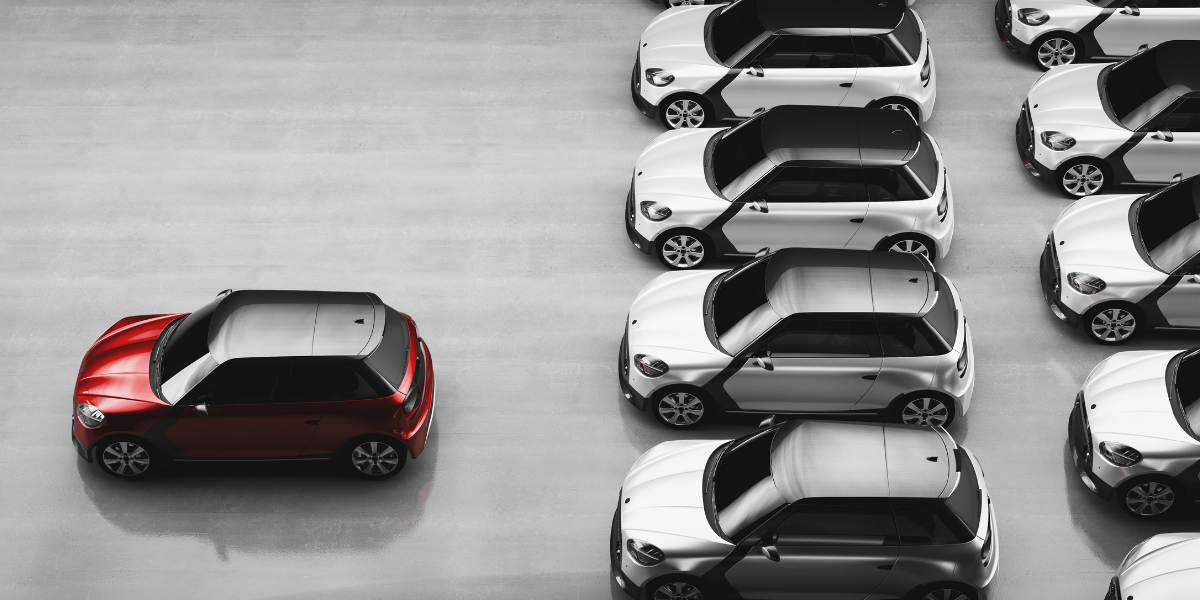Line of Duty: Innovations in Road Marking Technology
As urban centres expand and transport systems evolve exponentially, the demand for advanced road marking technologies has intensified. European companies are at the forefront of this transformation, introducing innovative solutions that enhance safety, sustainability and efficiency on roadways.

In a time when the manufacturing industry is having to give far more thought to adhering to a “green” agenda than ever before, the traditional use of solvent-based paints in road markings is giving way to more sustainable alternatives.
For instance, Germany's Röhm GmbH has developed DEGAROUTE proTerra 100, a binder for cold plastic road markings made with 30% recycled Polymethyl methacrylate (PMMA), resulting in a carbon footprint approximately 20% lower than materials from ‘virgin’ raw materials. Similarly, companies such C&R Ltd in the UK are adopting water-based paints and recyclable thermoplastics to reduce environmental impact.
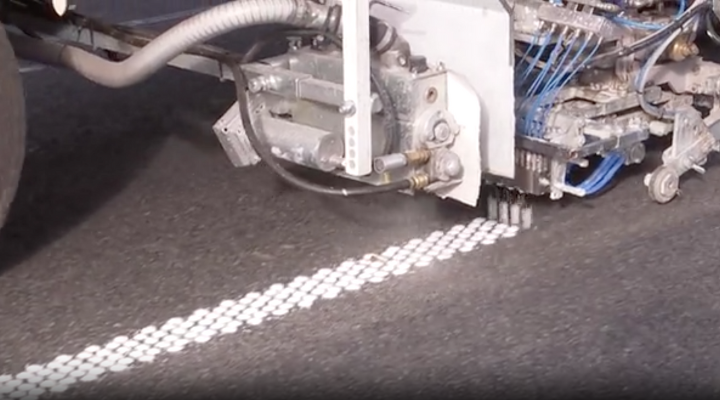
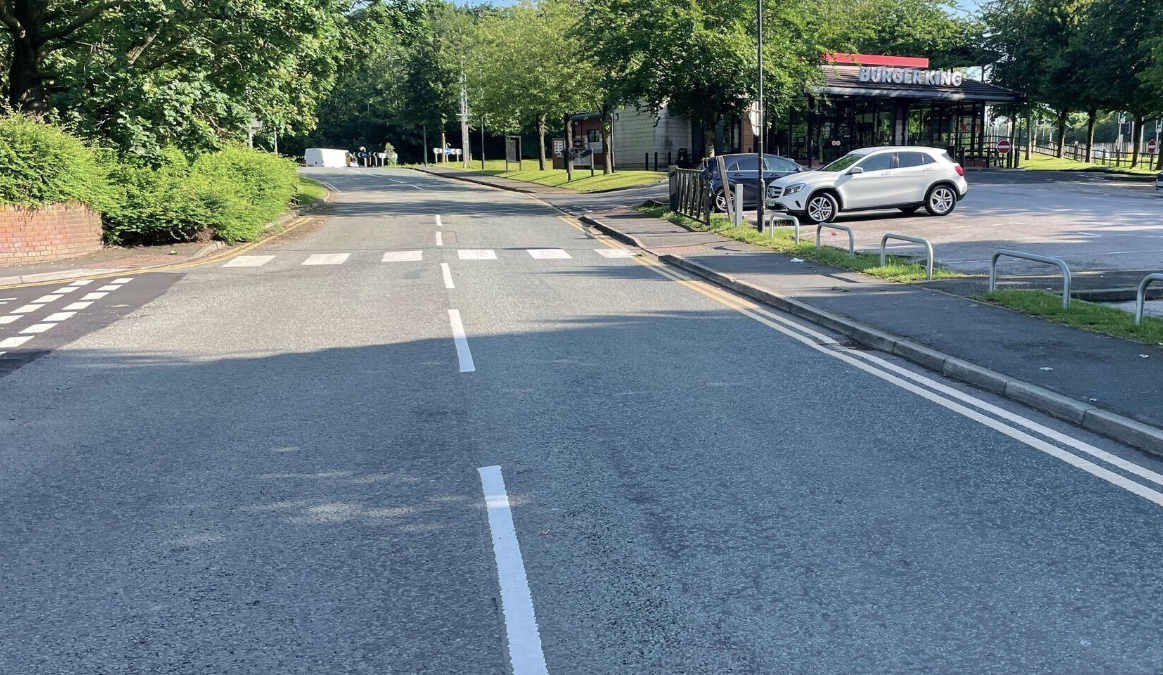
The integration of smart technologies into road markings is potentially changing the face, the public face at least, of traffic management. In the Netherlands, Studio Roosegaarde and Heijmans introduced glow-in-the-dark road markings using photo-luminizing powder that charges during the day and glows for up to 10hours at night. Additionally, temperature-sensitive paints display snowflake markers when temperatures drop, alerting drivers to potential icy conditions.
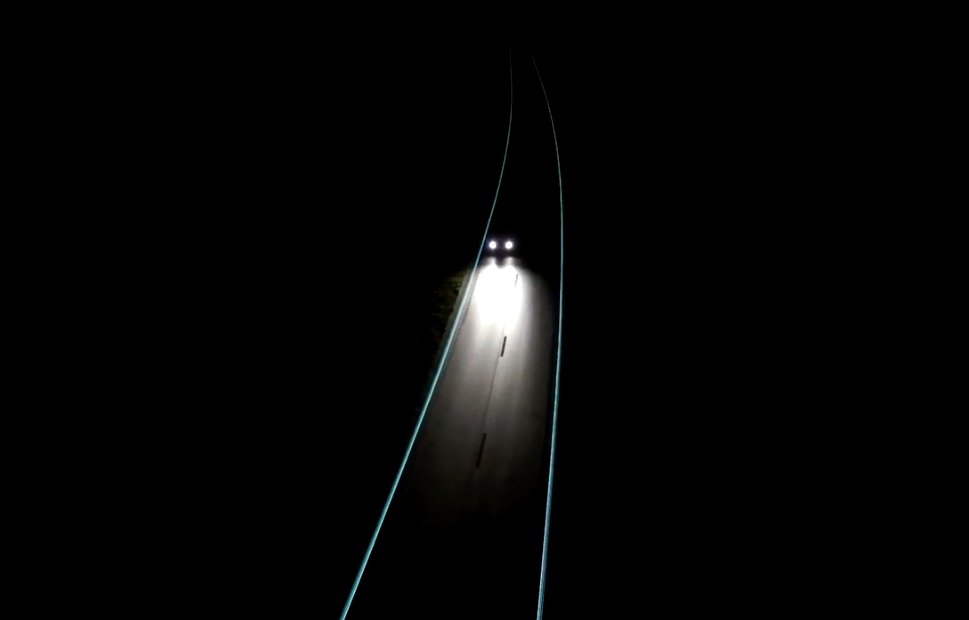
French company OliKrom is developing smart materials that change colour in response to environmental factors like temperature and humidity. These materials can indicate risks such as icy roads or overheated tyres, enhancing driver awareness and safety.
The integration of smart technologies into road markings is potentially changing the face, the public face at least, of traffic management.
Elite Technology, headquartered in Tbilisi, Georgia, have developed a unique method for applying road markings in challenging weather conditions by artificially raising the temperature of road surfaces, allowing for effective application even in snow, rain, high humidity, and frost. This capability enables year-round installaation and in various climates.
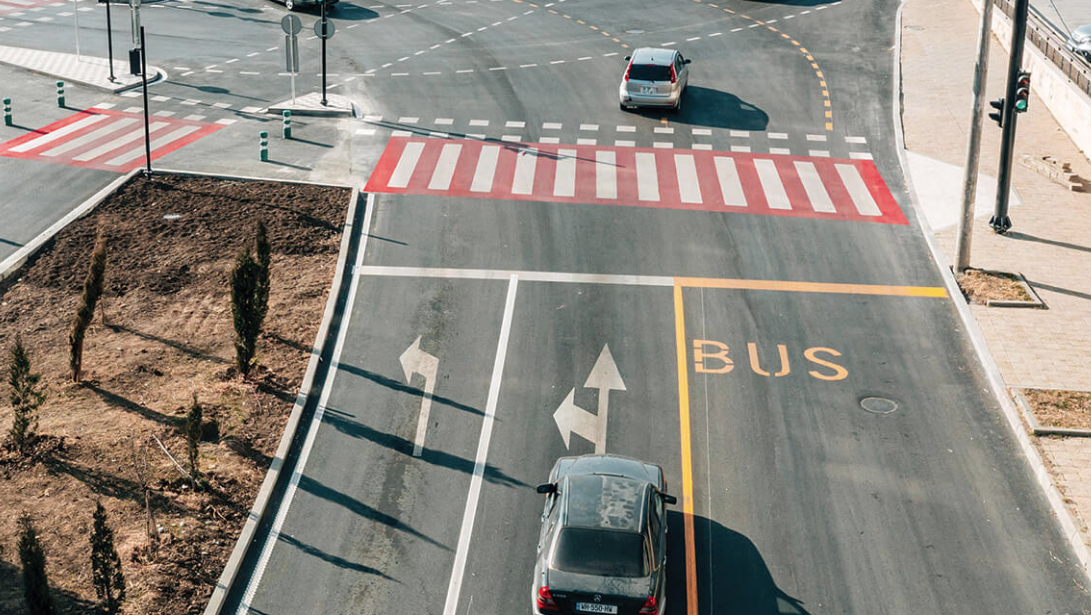
Enhancing Visibility for Autonomous Vehicles
One of the most exciting recent developments in the road marking industry is the integration of smart, machine-readable road markings designed for autonomous vehicles. These markings are optimized not just for human visibility, but also for recognition by vehicle sensors and computer vision systems.
This advancement includes the use of special reflective or retroreflective materials, infrared-readable inks, and embedded data patterns that can be interpreted by advanced driver-assistance systems (ADAS) and self-driving cars. This innovation directly supports the evolution of connected and autonomous mobility.
One of the most exciting recent developments in the road marking industry is the integration of smart, machine-readable road markings designed for autonomous vehicles
SWARCO Road Marking Systems has conducted research demonstrating that structured markings with enhanced retroreflectivity improve detection by vehicle sensors, especially in wet conditions. Their road markings achieve retroreflection values up to 1000 mcd/m²*lx in dry conditions, significantly aiding autonomous vehicle navigation.

The use retroreflective materials, infrared-readable inks, and embedded data patterns that can be interpreted by advanced driver-assistance systems and autonomous vehicles alike
Automation is streamlining the application of road markings. German company Hofmann GmbH has developed advanced road marking machines equipped with GPS and IoT technologies, enabling precise application and real-time monitoring. These innovations reduce material waste and labour costs while ensuring consistent quality.
The adoption of modular designs allows for equipment customisation to suit various applications, from urban bike lanes to airport runways.
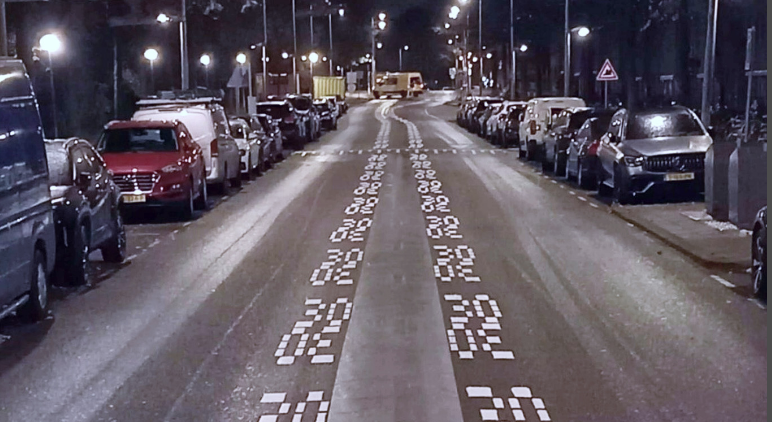
The UK’s WJ Group has introduced the Autonomous PreMarker, a vehicle that automates the pre-marking process for road resurfacing. Using RTK GPS and machine vision, it records and reapplies road markings without manual intervention, enhancing safety and efficiency.
Market Growth and Future Outlook
The global road marking equipment market is projected to reach US$16.01 billion by 2032, growing at a CAGR of 8.6% . This growth is driven by increasing urbanisation, the rise of smart cities, and the need for sustainable infrastructure. European companies are well-positioned to lead this expansion, given their focus on innovation and environmental responsibility.
European companies are pioneering advancements in road marking technologies, integrating sustainability, smart features, and automation to meet the evolving demands of modern transport systems. These innovations not only enhance road safety and efficiency but also contribute to the development of intelligent, eco-friendly infrastructure across the continent and, indeed, beyond.
European companies are pioneering advancements in road marking technologies, integrating sustainability, smart features, and automation to meet the evolving demands of modern transport systems.
Share your story
Do you have an innovation, research results or an other interesting topic you would like to share with the professionals in the infrastructure, traffic management, safety, smart mobility and parking industry? The Intertraffic website and social media channels are a great platform to showcase your stories!
Please contact our Sr Brand Marketing Manager Carola Jansen-Young.
Are you an Intertraffic exhibitor?
Make sure you add your latest press releases to your Company Profile in the Exhibitor Portal for free exposure.






